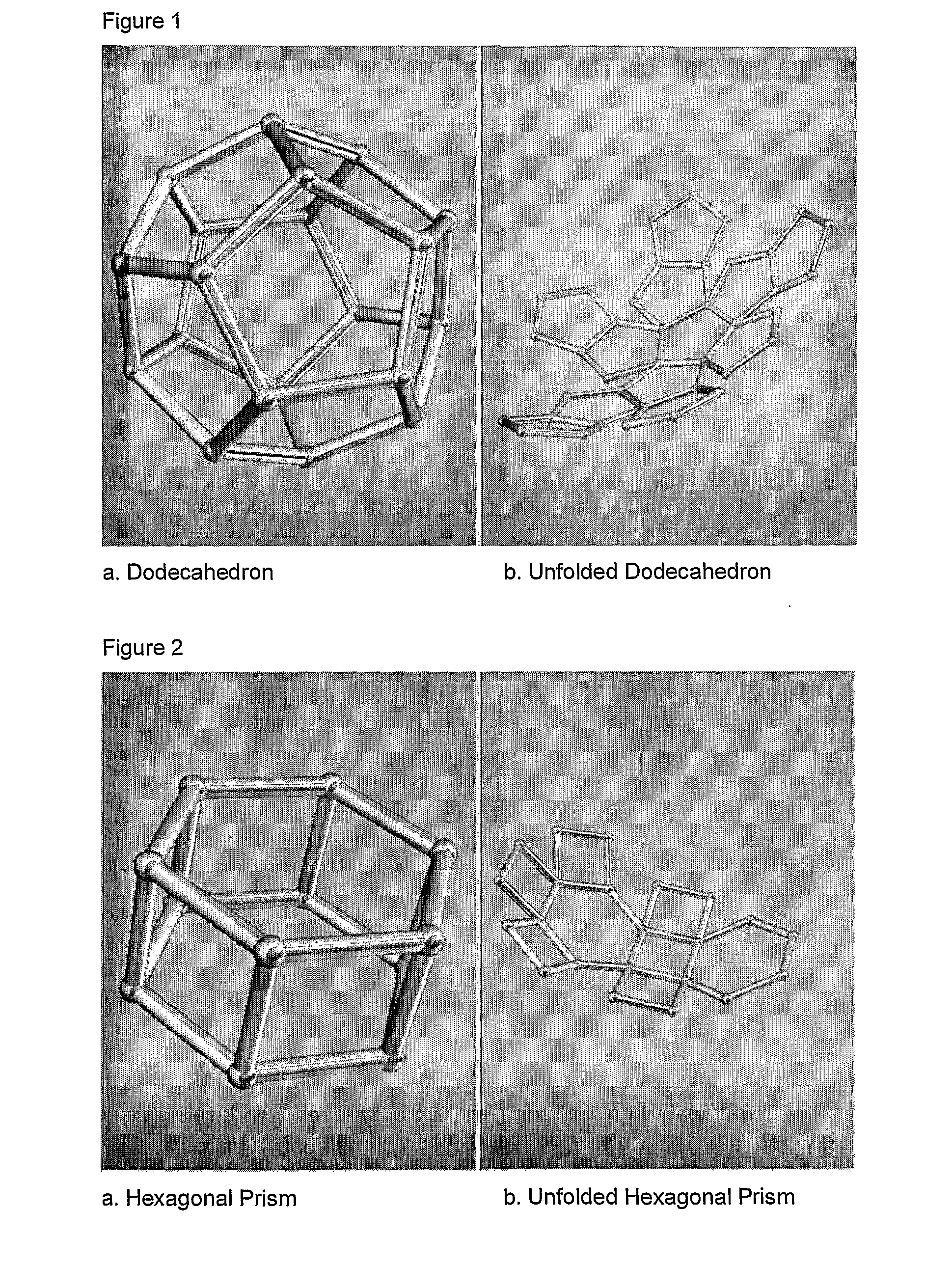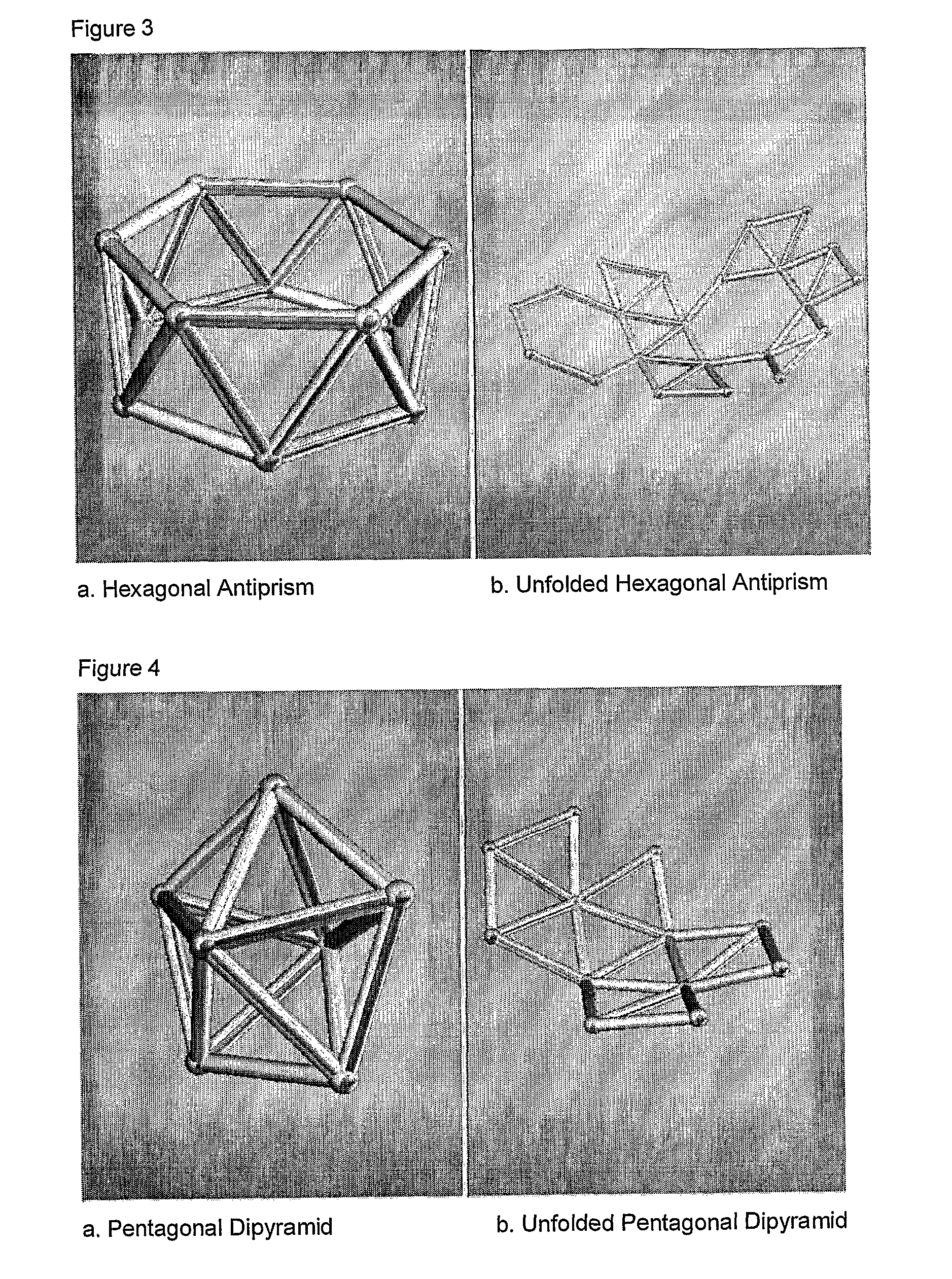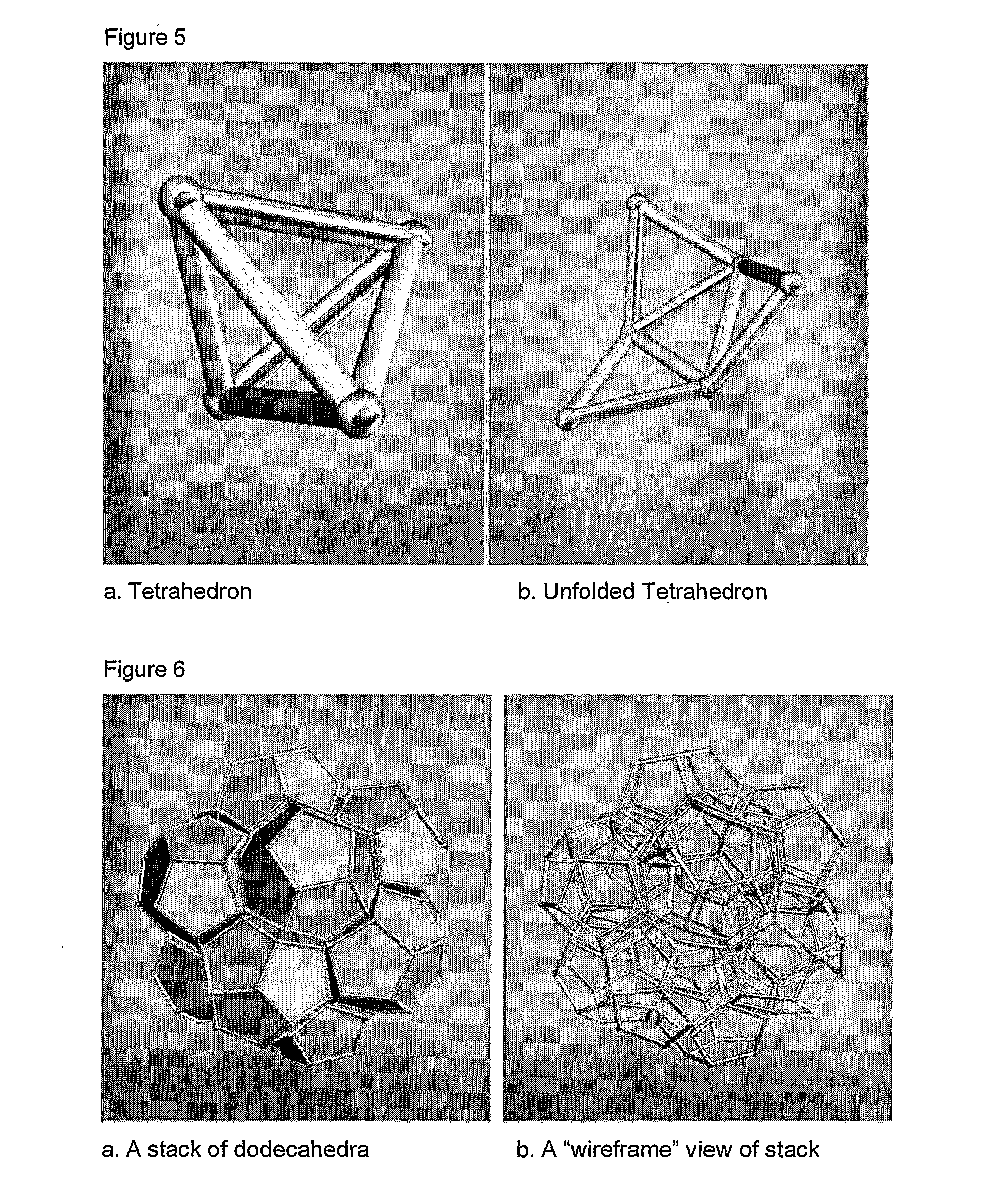Scalable matrix for the in vivo cultivation of bone and cartilage
a matrix and in vivo technology, applied in the field of in vivo regeneration, can solve the problems of large bone loss, complex grafting procedure, and bone defects that require bone grafting procedures, and achieve the effects of rapid and rapid scaling, high osteoinduction and osteoconductive, and immediate structural stability and strength
- Summary
- Abstract
- Description
- Claims
- Application Information
AI Technical Summary
Benefits of technology
Problems solved by technology
Method used
Image
Examples
example 1
Treating Lumbar Compression or Burst Fractures
[0107]The traditional way of treating these fractures is to perform a Vertebroplasty or Kyphoplasty in the case of compression fractures and in the case of burst fractures of the spine requiring surgical intervention to achieve biomechanical stability, to perform a combined anterior instrumentation and short segment posterior instrumentation (SSPI). In low grade burst fractures, Vertebroplasty plus SSPI may provide a less invasive method of stabilising the burst fracture but there have been no conclusive tests or patient trials showing that this method is stable. Moreover there is a risk of cement or existing bone substitute materials leaking out and injuring the spinal cord, nerves or blood vessels.
[0108]It is important to note that vertebral burst fractures are typically associated with high impact axial loading resulting from trauma.
[0109]Surgical Instructions
[0110]Step One
[0111]Place the suitably consented and anaesthetised patient p...
example 2
Correction of Various Structural Defects
[0123]a. Fill the defects in the talar dome of the ankle following post traumatic osteochondral fractures where there is a large hole. Scalable matrix is filled into the curetted holes.
[0124]b. Fill the defects in surface of the knee where there are defects / holes following osteochondritis dissecans. Place the matrix into the curetted holes.
[0125]c. Fill the defects in the mid portion of the scaphoid bone where there is an established non-union with a large defect which needs filling before a screw is placed.
[0126]d. Following avascular necrosis of the femoral head there is a large cavity which could be filled with the matrix prior to placing a re-surfacing metallic femoral head.
example 3
Maxillofacial Surgery
[0127]In maxillofacial surgery augmentation procedures, the scalable matrix could be used. One particular example is sinus floor augmentation; however all bone cavities such as those from tooth extractions, cysts, fractures or defects after tumour removal can be filled using the scalable matrix.
PUM
| Property | Measurement | Unit |
|---|---|---|
| Volume | aaaaa | aaaaa |
| Shape | aaaaa | aaaaa |
| Dimension | aaaaa | aaaaa |
Abstract
Description
Claims
Application Information
 Login to View More
Login to View More - R&D
- Intellectual Property
- Life Sciences
- Materials
- Tech Scout
- Unparalleled Data Quality
- Higher Quality Content
- 60% Fewer Hallucinations
Browse by: Latest US Patents, China's latest patents, Technical Efficacy Thesaurus, Application Domain, Technology Topic, Popular Technical Reports.
© 2025 PatSnap. All rights reserved.Legal|Privacy policy|Modern Slavery Act Transparency Statement|Sitemap|About US| Contact US: help@patsnap.com



